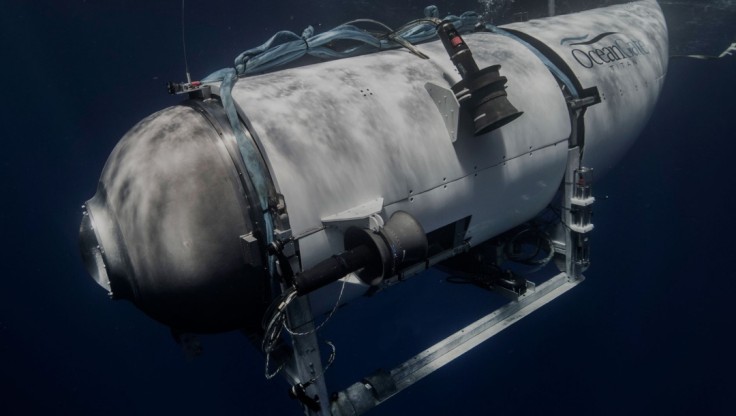People are still hopeful that the missing submersible that was meant to dive down to view the Titanic will be found. However, troubling news has surfaced as a whistleblower claims that OceanGate ignored safety concerns about the vehicle and fired him for it.

OceanGate Brushes Off Concerns
David Lochridge, formerly the director of marine operations at OceanGate, revealed that the company ignored his safety concerns about how the submersible may not be strong enough to reach the depths of the Titanic. Pointing out the flaw resulted in him losing his job.
The submersible named Titan had a hull made of carbon fiber, which was the first of its kind. Although the material is lighter, stronger, and good for buoyancy, there are certain risks at hand such as sudden failure under stress, as mentioned in Tech Crunch.
In Lochridge's report, he mentioned that there were numerous issues that posed safety concerns. Flaws were visible in the carbon fiber that was supplied to the company, which could lead to bigger tears during pressure cycling when the submersible dives into deeper depths.
The former employee recommended the submersible undergo a non-destructive test to make sure that the hull was solid and safe to use. However, the company said it was impossible, and that they would use the in-house-developed acoustic monitoring system instead.
The acoustic sensors serve as an early warning system that detects sounds of the carbon fiber hull breaking down. Lochridge, on the other hand, claims that it would not be an early enough warning as it will only detect deterioration "milliseconds" before the hull implodes.
In the filing, it was mentioned that the submersible was only certified to go to a depth of 1,300 meters because of the company's experimental design, far from the actual distance of the Titanic which was 3,800 meters below the ocean's surface.
OceanGate wouldn't pay the manufacturer to build a viewport that can withstand the pressure of the water 4,000 meters below the surface. Knowing that the submersible was not strong enough to endure the manned tests, Lochridge did not authorize it, which led to OceanGate firing him.
Although the Titan was able to go as deep as 4,000 meters below the surface in the Bahamas, the hull's depth rating was still reduced to 3,000 meters as the hull showed signs of "cyclic fatigue," which means it was still not enough to reach the Titanic wreck.
Submersible May Have Already Imploded, Experts Say
Rescue teams are still giving their best to locate the missing marine vehicle and save its five passengers, but experts say that the worst-case scenario may have already occurred. Due to the pressure, the submersible's hull could have already imploded.
Senior Adviser with the RMS Titanic Inc., Dr. David Gallo says that the only explanation for the sudden disappearance of the submersible is that it has already shattered to pieces, a "catastrophic implosion of the sub itself which would be horrific."
Gallo stated that there was no coming back from that, as mentioned in WioNews. Although unpleasant to think about, he said that it was the number one option. The passengers wouldn't have survived the implosion, nor the pressure of the ocean in that depth.









